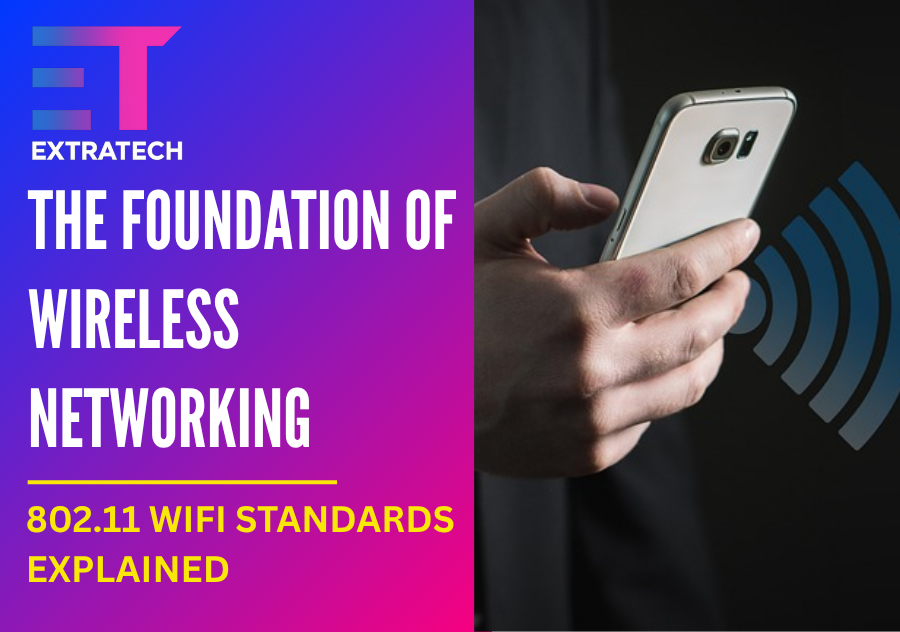802.11 WiFi Standards Explained: The Foundation of Wireless Networking
Wireless networking has transformed how we connect to the internet, enabling seamless communication between devices around us. The term "802.11" often appears when discussing WiFi, but what does it really mean?Simply put, 802.11 refers to a family of standards developed by the IEEE (Institute of Electrical and Electronics Engineers) that establish protocols for wireless local area networks (WLANs). These standards ensure devices can communicate effectively over WiFi, guaranteeing compatibility and performance.
Knowing the different 802.11 standards is essential, especially for IT professionals and users who want to optimize their networks. These standards influence speed, range, security, and compatibility, which are critical when choosing routers or troubleshooting connectivity issues. With wireless adoption growing globally, understanding 802.11 helps you make informed decisions to ensure smooth online experiences.
The Birth and Evolution of 802.11 Standards
The original 802.11 standard was ratified in 1997, setting a foundation for wireless networking. It supported data rates up to 2 Mbps—a modest speed today, but revolutionary at the time. Following this, multiple amendments enhanced capabilities, producing several variants like 802.11a, b, g, n, ac, and ax.
Each new version responded to increasing demands for faster speeds, better coverage, and stronger security. Innovations such as multiple antennas (MIMO), wider channel bandwidths, and improved encryption helped wireless networks evolve, meeting the needs of video streaming, gaming, and connected devices.
Thus, the 802.11 family remains dynamic, with newer standards continuously improving performance and efficiency for modern applications.
Basic 802.11 Variants: b, a, and g
Let’s start with some of the early popular standards:
- 802.11b (1999) operates on the 2.4 GHz band and offers up to 11 Mbps. It enjoys good range and wall penetration but faces interference from devices like microwaves and Bluetooth gadgets.
- 802.11a (1999) uses the 5 GHz band and supports speeds up to 54 Mbps. It experiences less interference but has a shorter range and weaker wall penetration compared to 2.4 GHz.
- 802.11g (2003) blends features of both b and a. It runs on 2.4 GHz but offers faster speeds up to 54 Mbps, making it widely popular before newer standards emerged.
These early standards laid the groundwork for WiFi’s widespread adoption but are now mostly replaced by faster and more efficient ones.

